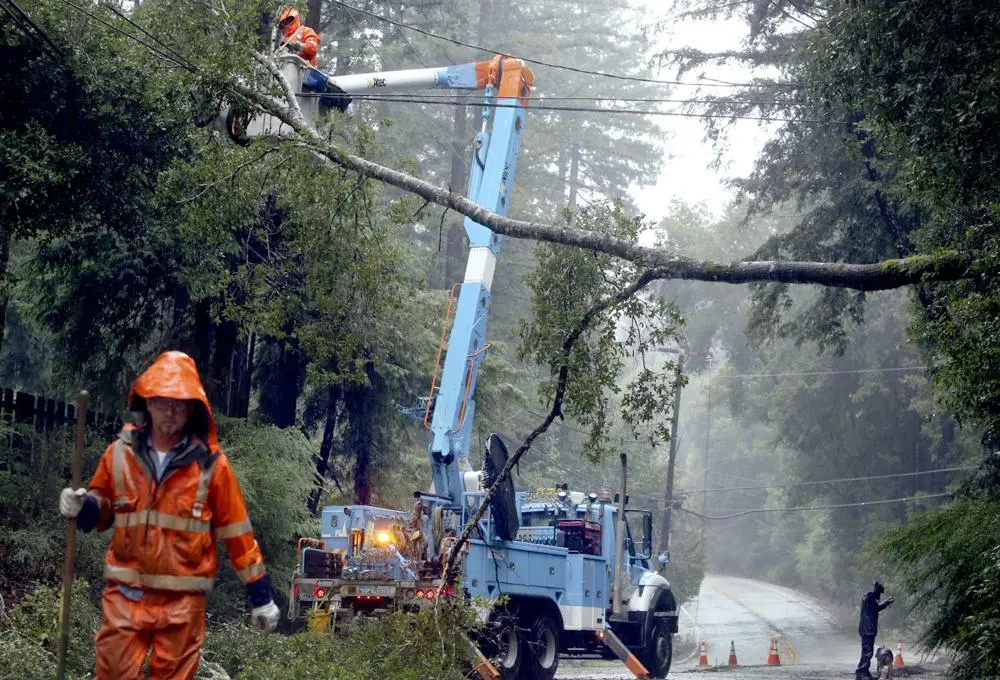With electricity’s ubiquitous presence, we hardly give it a second thought till it suddenly disappears. Everything from being able to work to being able to cook to be able to see at night can be badly impacted by a sudden loss of electricity, often known as a power outage. Most urban regions’ connections to the global energy power grid are sturdy, made to endure the weather and human mistakes that may otherwise cause the system to fail. Although this general functions, there are occasions when the system malfunctions and the power is cut. When electricity, and more specifically the electrical power network, or the electrical grid, is interrupted, this is known as a power outage. Power outages can be caused by a variety of factors, but they always have the same effect: they knock off electricity for whole neighbourhoods or even entire regions.
When electricity fails to work, what factors contribute to the problem?
Quite a few factors might result in a loss of electricity service. Natural disasters, human mistakes, and pressure are the three most typical reasons for disruptions. Basically, a power outage can be caused by any problem that prevents energy from being generated or transmitted to consumers’ homes. Animals, bad weather, and faulty machinery or tools are all potential causes. Power outages can also be caused by scheduled maintenance, however, homeowners should be notified in advance if this is the case.
How long do blackouts often last?
Most power outages only last a few seconds or minutes before being restored. However, there are occasions when disruptions linger for weeks. Lightning strikes and severe windstorms are two common causes of power outages that can cause significant delays in restoring electricity. When electricity is off for an extended period, businesses and residents alike feel the pinch. In 2003, for instance, 50 million people from New York to Ottawa, Canada, lost electricity due to a blackout in the Northeast.
Problems with distribution
In most cases, just a tiny portion of a region is without electricity due to a distribution breakdown. Many different things can go wrong and cause a power outage, including a tree branch being blown onto a line during a storm, an intrepid squirrel venturing into areas of a substation where no squirrel has gone before (and living to tell the tale), a car crashing into a power pole, a metallic balloon escaping its owner’s grasp and touching a line, and so on.
Troubles with the transmission
Although transmission outages are uncommon compared to distribution outages, their impact may be dramatic when they do occur. While bad weather is a common culprit in transmission system failures, equipment malfunction, technical difficulties, or human mistake can all contribute to this sort of outage. In 2003, a transmission line in the northeastern United States made contact with a tree branch, knocking out power for almost 50 million people. Due in large part to malfunctioning computers, the disruption quickly grew out of control and caused a widespread blackout. This is an extreme case, but lessons learned from it led to the development of new dependability standards aimed at preventing future blackouts.
Inadequate Supplies
Among the several causes of power failure, supply shortages are among the most unusual. These blackouts occur when power production can’t keep up with consumption. The warmest days of summer, when everyone is running their air conditioners full blast, are also the days when power outages are most common around the country. This is precisely what has been happening in California over the past few days, as an intense heatwave has increased electrical consumption and led to supply problems and rolling blackouts. The last time California had rolling blackouts was in the early 2000s, before this past weekend’s events. There were many factors (including market manipulation!) that contributed to the California Electricity Crisis of the 2000s, but ultimately, there just wasn’t enough power to go around.
Power cuts and maintenance for public safety
Intentional outages, such as those caused by Public Safety Power Shutoffs (PSPS) or planned outages, can affect either transmission or distribution. Planned outages occur when utilities shut down sections of the grid to do maintenance, although the electric grid is often designed with redundancy so that utilities may maintain the system without interrupting service.








